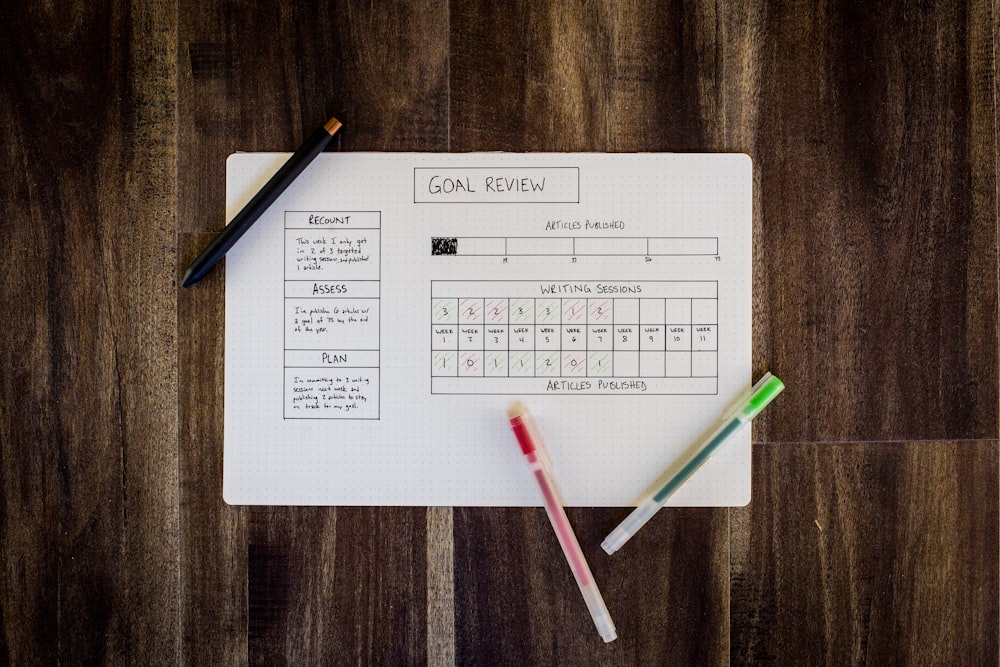
When it comes to writing habits, every advanced writer and influencer has a list of things to build consistency. From writing 500 words each day to getting up at 5:00 am, there is no shortage of advice. But for most writers, especially those working in the margins of life, building a consistent routine is easier said than done. Whether it’s a traditional job, family life, or unexpected opportunity, building a writing habit can’t be a one-size-fits-all solution.
In recent months, I’ve been on the hunt for my own writing system. Two of the most helpful strategies I’ve employed are sprinting and streaking. No, not sprinting past a security guard while streaking at a sporting event.
I’m talking about writing sprints and tracking my writing goals through streaks
Sprinting Towards THE END

If you think of an athlete who runs short races like the 50- or 100-meter sprint, these runners focus on making every step count. In these short races, they put all they have into those few seconds. The same is true for writing sprints.
Writing sprints involve setting a specific amount of time to work, usually anywhere from 10 – 30 minutes where you focus only on writing, or whatever related task you need to do. Instead of thinking about your whole story, you put your energy into what you can get done in a short time. And like a sprinter on the track, when you cross the finish line (when the timer goes off), you rest until you start the next sprint.
Writing sprints have many benefits whether you’re writing a first draft, editing, or any other phase of the writing process:
- Flexible schedule – Working in short sprints allows you to write when it’s convenient. Th minimal time commitment per sprint gives you more flexibility to get in writing time around your job and family.
- Helps keep you from getting overwhelmed – When you think about your project, the big picture can be overwhelming. It’s easy to get sidetracked by everything that needs to be done. Working in short bursts keeps you focused on one small piece at a time.
- Work on your own or with a group – Sprints can be done on your own schedule whenever you have time. You can also run sprints with another person or in a writing group. Doing a sprinting session with others helps build community and accountability.
I have utilized sprints off and on for some time. But recently, I have been doing them more regularly with an online writing group. Each night, a host schedules a two hour block for live sprints. The guided sprints have led to even greater consistency in my writing habits.
Streaking Through Your Goals

To use another sports comparison, when it comes to streaks, you might think of a basketball player who makes a bunch of free throws in a row or a baseball player who gets a hit in consecutive games.
We often set goals of writing a certain number of words each day or writing for a set number of hours. However, the first time you only write 499 words, your streak of writing 500 words a day ends.
Writing streaks focus on the act of doing, not on an outcome. Instead of saying I want to write a certain number of words each day, I try to do at least one writing related task. That could be writing, editing, research, planning, or even listing to a podcast related to a question I have. Instead of worrying about reaching a specific number or time target, my streak is about making daily progress.
While I certainly have goals in terms of deadlines and word counts, when it comes to my daily tasks, focusing on a streak lets me better track what I need to do. Since my streak isn’t tied to am outcome (words, time, chapters…), I can focus on tasks that need to be done instead of general word counts. When the day’s task(s) is complete, I add another day to my streak regardless of how long that task actually took.
As with writing sprints, there are a number of benefits to using writing streaks:
- Reduces pressure to be perfect – With outcome based goals, if you fall short of your word count, it can feel like you’ve failed for the day. But with a streak where your focus is on action instead of outcomes, simply by doing something related to your goal, you keep the streak alive.
- You make the rules – A streak doesn’t necessarily have to be consecutive days. It can be any timeframe you choose. And, you can take a break without breaking the streak as long as it’s intentional. I give myself planned days off just like with any job. Those intentionally scheduled days off do not break my streak. I also give myself a little grace for a few sick days if needed. The streak only breaks if I don’t get my tasks done simply because I don’t feel like doing them.
- Easy to track – I use a regular planner to track my streaks. he daily pages are a perfect place to write notes about what I want to work on that day. And the monthly spread is where I mark whether or not I keep the streak going. I use a color-coding system with stickers representing each project. But you certainly don’t have to get that fancy. For those who prefer digital tracking, there are plenty of apps for basic streaks. Or, you can print off a blank calendar page and just cross off each day. It’s just a yes or no question: Did I do one thing today towards my goal?

When it comes to working on goals, whether for a traditional work project or a creative one, developing consistent habits takes time. But sprinting and streaking can be effective ways to help you make progress on any goal.
By breaking the project into small sprints, you can fit in work time around your other obligations. And with streaks, your motivation remains steady because it is action oriented.
**What are some things you do to make consistent progress while working on a goal? How do you track your progress?**
Reignite your creativity!

Subscribe to get new content, monthly newsletter, and important updates. You'll also receive a free download - "30 Days of Creative Inspiration."

